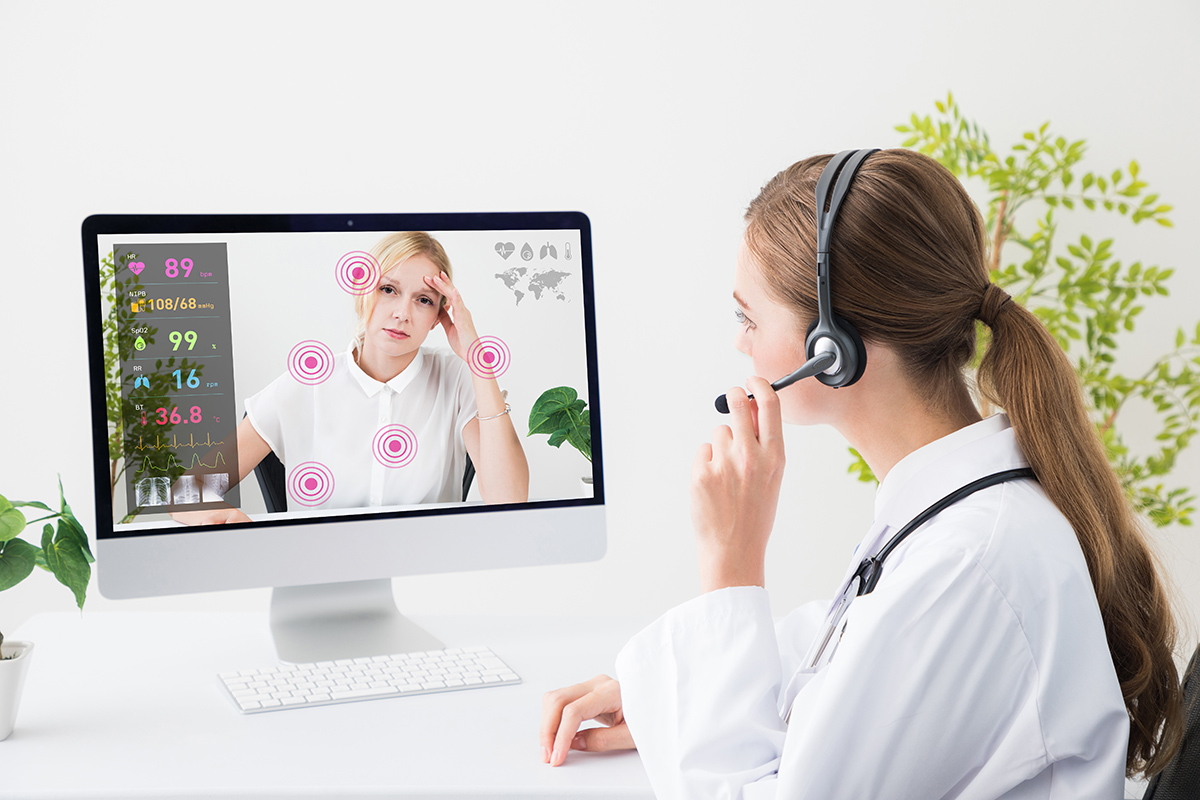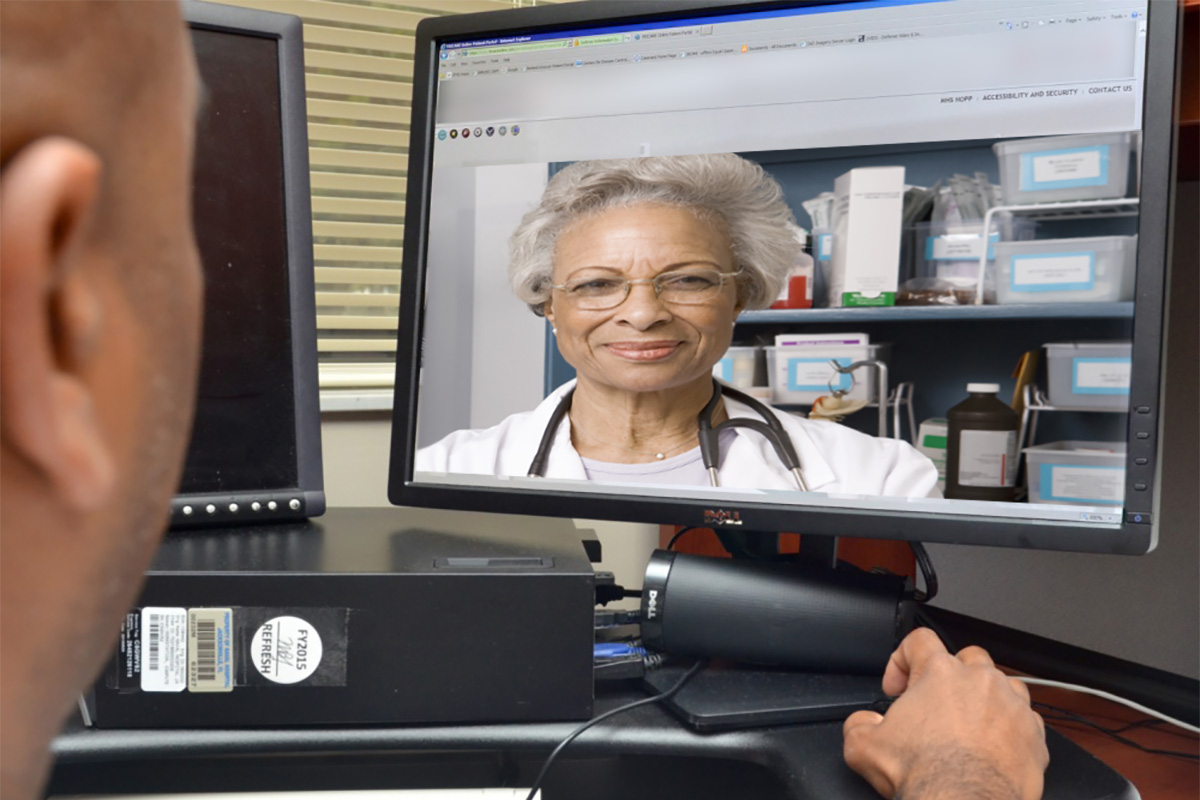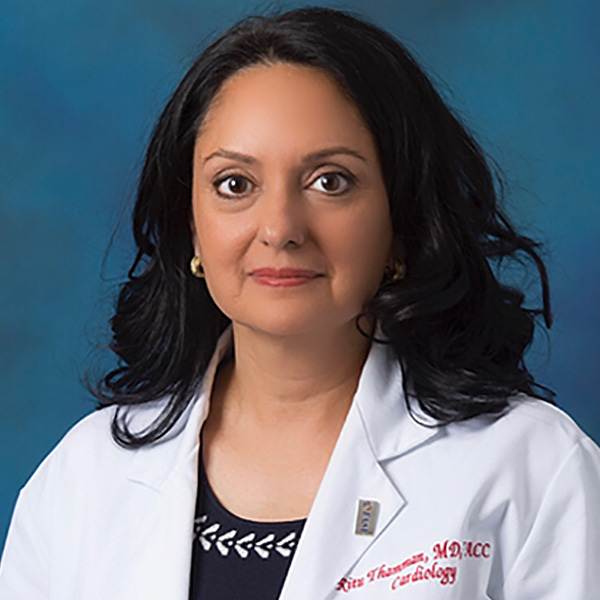Lessons Learned From COVID-19: The Silver Lining of Telemedicine

FEATURE | One of the silver linings of the COVID-19 pandemic is the acceptance of telemedicine as the means to sustain patient care in the era of social distancing.
Once the Centers for Medicare and Medicaid Services (CMS) declared payment for remote patient care in March, telemedicine became the de facto vehicle to provide all noncritical patient care to reduce the transmission of COVID-19.
Besides expanding billing codes for telemedicine, CMS allows cardiologists to practice across state lines, sharing licenses and, through its 1135 waiver, the use of platforms such as Skype or FaceTime that were not acceptable pre-COVID-19.
The traditional concerns of the medical staff office, state medical boards and CMS have almost completely evaporated in the interest of safety.
Telemedicine can allow patients to receive care where they are home or work with minimal wait time, no travel time or costs. It can also reduce the carbon footprint.
Using various platforms to create clinical social distancing in hospitals to protect our frontline cardiologists and health care workers from the COVID-19 infection and help save on PPE supplies, telemedicine is also a tool for home visits to decompress emergency rooms and keep people home.

Since PPE is in such short supply, doing more via telemedicine will help alleviate some of that supply demand mismatch and reduce COVID-19 transmission rates.
#TelemedNow, a Twitter Chat, was created by ACC WIC Leadership Council member Ritu Thamman, MD, FACC, to address questions regarding the implementation of telemedicine quickly in the COVID-19 era.
The necessary information needed to start using telemedicine is amplified by a group of experts that moderate the discussion weekly including another ACC WIC member, Ami B. Bhatt, MD, FACC.
Third-party payers are increasing and expanding payment policy for telemedicine following CMS's lead. Large academic medical centers are rapidly escalating and transitioning all face-to-face outpatient clinics to as many telemedicine clinics as fast as possible.
Institutions are leveraging quarantined physicians to practice telemedicine from home. These rapid transitions raise a multitude of questions, which we address weekly.
We emphasize that connection and rapport can be built via telemedicine. Empathy can be felt in a phone call or video conference by the tone of voice and eye contact. Some patients even prefer video to in-person visits.
We dispel telemedicine myths and advocate for platforms that have integration into the EHR for ease of ordering and documentation, with no additional login.

We recommend treating a telemedicine visit just like an in-office visit with similar pacing and breaks, and maintaining openings for the "real-time" needs of patients in more of an on-call model so you can tackle urgent situations as they arise.
Remote monitoring is a subset of telemedicine and an asynchronous form of gathering data from survey questions, self-entered data and paired bio-peripherals.
Gathering real-time data from the front lines of medicine using monitoring can help manage cardiology patients remotely and also gather critical data about this evolving pandemic in a scalable and cost-effective fashion.
Since the rapid transformations in the consumer-electronics market in 2007 when the iPhone and broadband appeared, wireless cell phone capacity and smartphones allow various forms of telemedicine, such as teleradiology, telepathology, live video visits and remote patient monitoring, all constituting "virtual" health care.
Telemedicine is the new standard; so even after this pandemic has passed, it will remain an integral part of cardiology and health care.

